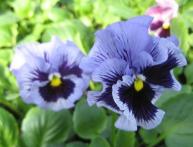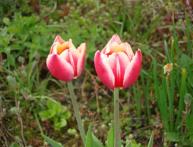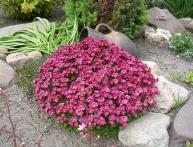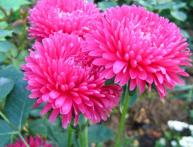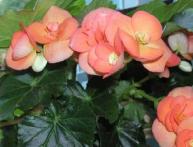Growing Arctotis or Bear's Ear
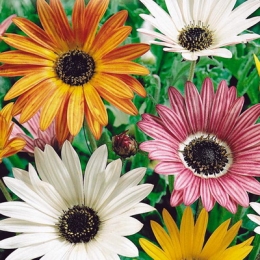
Arctotis also called bear's ear. This plant got its name from its pubescent leaves and stem, which resemble bear ears. Arctotis comes from South Africa, which means it is a heat-loving plant.
Today, about 30 species of this flower are known. Growing Arctotis has gained popularity due to the fact that its flowers are ideally combined with many others when making bouquets.
In photographs, a blooming bear's ear can be confused with a gerbera, they are very similar. Flowers come in a wide variety of colors, but they are always bright, juicy and attractive. After flowering, achenes with a peculiar tuft are formed, from which seeds can be collected for further sowing. Arctotis seeds are very, very small and retain their germination capacity for 2 years.
Growing Arctotis is not a problem. It is not very picky about soils; any soil will do, except those that are too heavy. These flowers grow very well in well-drained calcareous soil. It is better not to get carried away with organic fertilizers when growing bear ear; too wet soil should be avoided.
This flower loves light, it’s not for nothing that its homeland is South Africa. For seed germination, a sufficient amount of liquid is necessary, because in the natural climate zone of Africa, where the plant comes from, abundant night dew relieves drought. Arctotis tolerates cold and drought well, but good watering should not be neglected.
The plant is propagated by seeds, transplanting seedlings into open ground at the end of May. It is unpretentious in care; it requires weeding, loosening the soil around the bushes and abundant watering on particularly hot days.

